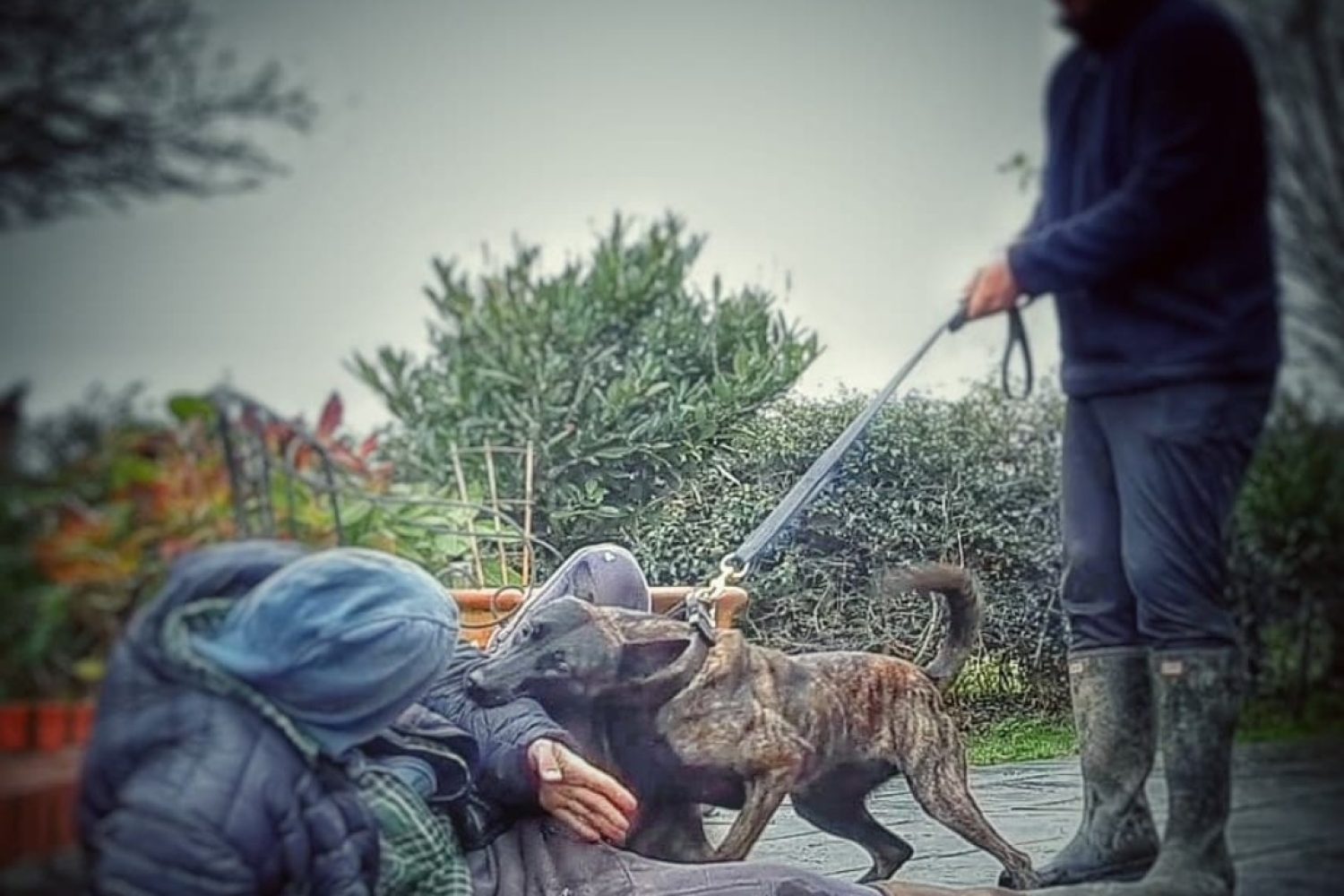Bitework on a sleeve is a foundational aspect of personal protection dog training, providing dogs with the opportunity to develop biting and gripping skills in a controlled environment. However, relying solely on this training method may not adequately prepare dogs for the complexities of real-world protection scenarios. Here, we explore the limitations of bitework on a sleeve and the importance of incorporating diverse training methods to ensure comprehensive preparation for personal protection duties.
Limited Realism
Bitework sessions typically occur in controlled environments, where dogs become accustomed to engaging with a specific target (the sleeve) in a predictable manner. While beneficial for introducing basic mechanics, this controlled setting fails to replicate the unpredictability of real-world encounters. In actual scenarios, threats may present themselves in various forms, with unfamiliar surroundings, distractions, and terrain that dogs have not encountered in training.
Without exposure to these variables, dogs may struggle to generalize their training and apply their skills effectively in different contexts. They may fail to recognize subtle cues indicating a threat or have difficulty navigating unfamiliar surroundings while maintaining focus and control. The lack of realism in bitework training can hinder the dog’s ability to adapt to dynamic situations and respond appropriately to genuine threats.
Preparation for Non-confrontational Scenarios
Bitework on a sleeve or visible equipment may not adequately prepare dogs for scenarios where the threat does not present itself in a manner conducive to engaging with protective gear. In situations where assailants are not wearing sleeves or where non-confrontational intervention is required (such as deterring intruders), dogs trained solely on equipment may struggle to apply their skills effectively.
Addressing the Limitations
To address the limitations of bitework on a sleeve, we must incorporate diverse training methods and scenarios into their programs. This includes exposing dogs to unfamiliar environments, introducing distractions, and simulating realistic threat scenarios and most importantly the use of hidden sleeves.
Civil bite work refers to a specific and essential type of training in the field of personal protection dog training, which includes a good show of forward aggression and bite work with no apparent protective equipment present. In civil bite work, the dog is trained to engage and apprehend a suspect or aggressor who is not wearing any protective equipment, such as a sleeve or bite suit. This type of training simulates real-world scenarios where the dog may need to intervene to protect its handler or property from an assailant.
A hidden bite sleeve allows trainers to create realistic training scenarios where the suspect or aggressor is not visibly wearing protective equipment. This helps prepare the dog for real-world encounters where the threat may not be immediately apparent or where the assailant is not visibly armed.
In conclusion, while bitework on a sleeve and other visible equipment is a valuable component of personal protection dog training, it alone is not sufficient to prepare dogs for the complexities of real-world scenarios. By incorporating diverse training methods and emphasizing the development of essential skills, we can ensure that personal protection dogs are equipped to handle a wide range of security challenges effectively.
